#mozambique
Text





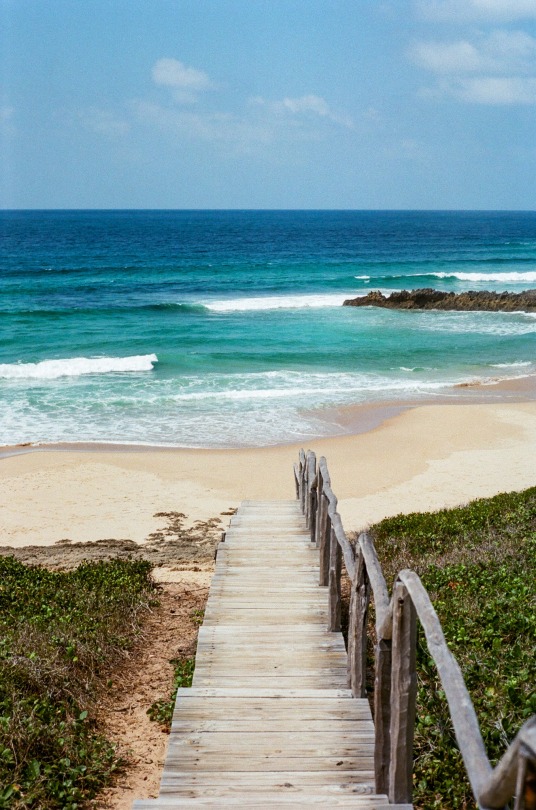


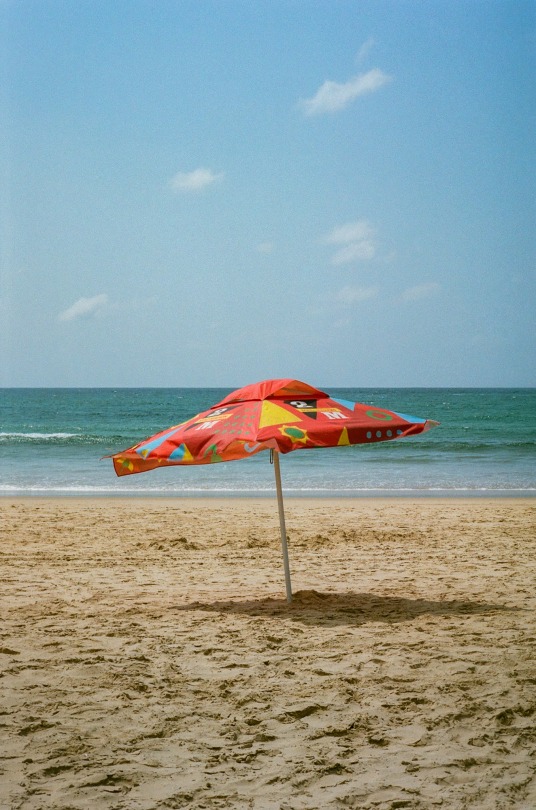

Seen in Inhambane, Mozambique by Geraldine Fontaine
804 notes
·
View notes
Text

"Victory to the People's Republic of Angola!"
Mozambique
1976
407 notes
·
View notes
Photo
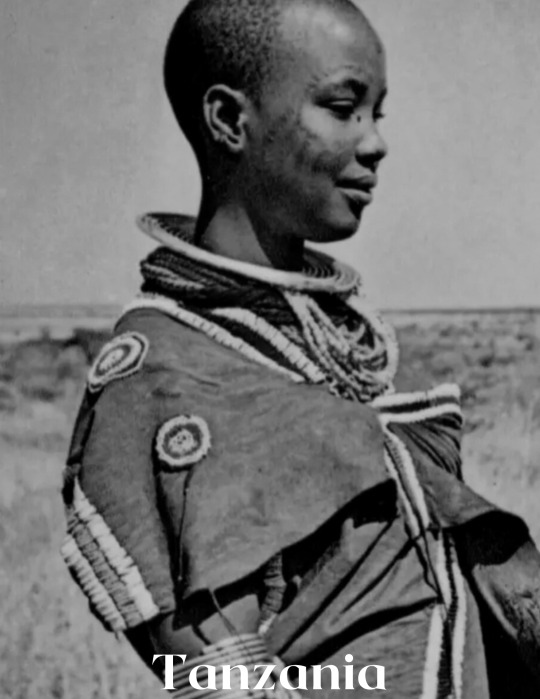

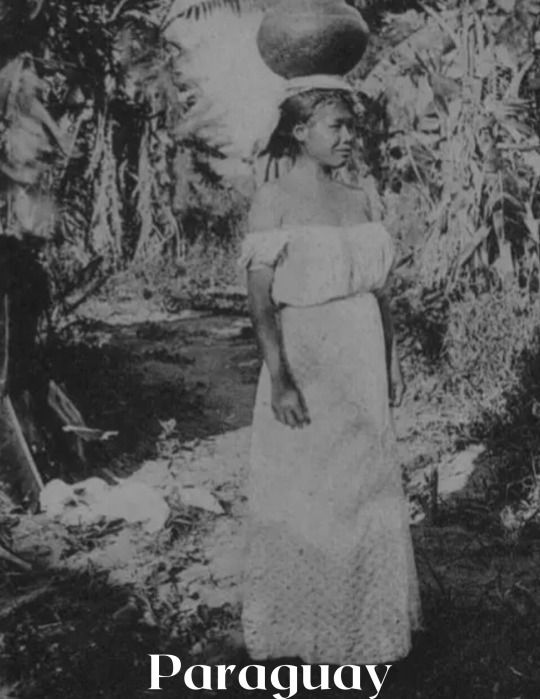

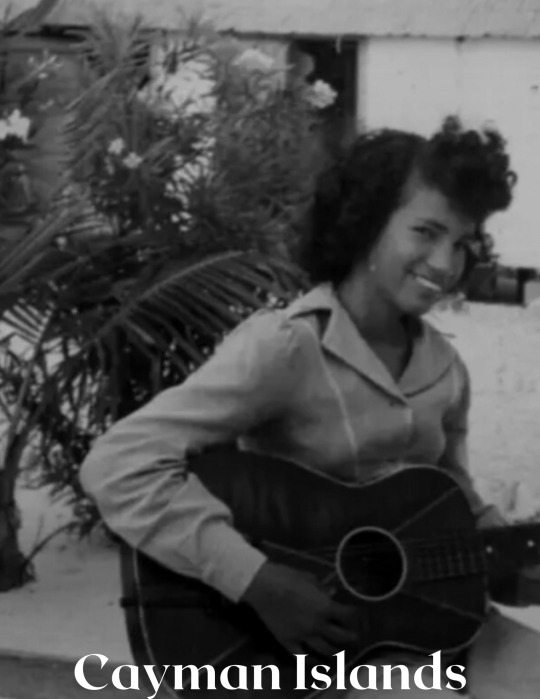
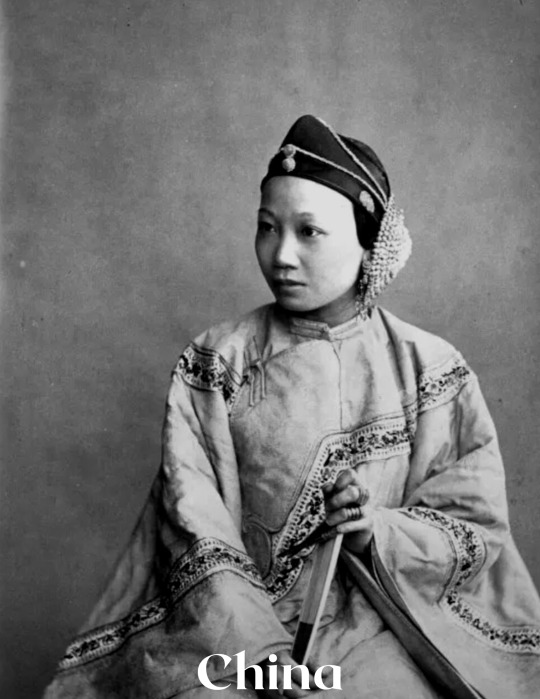
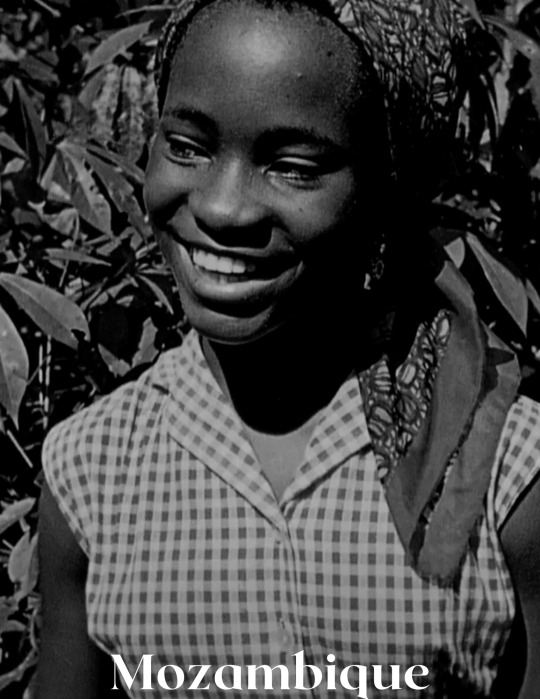
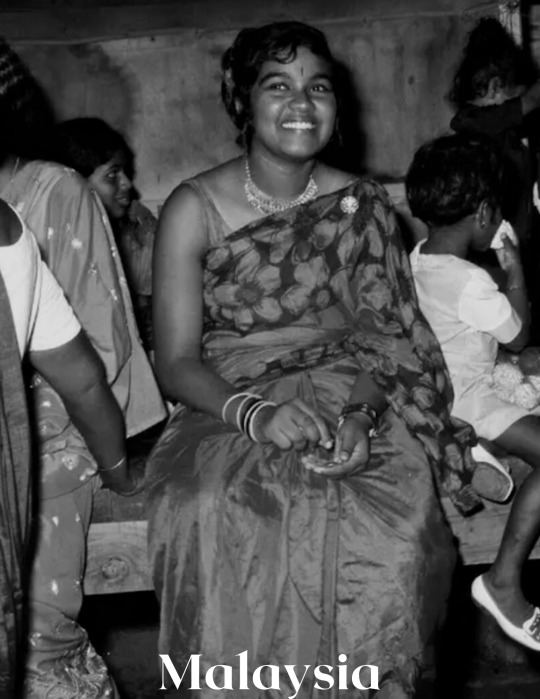
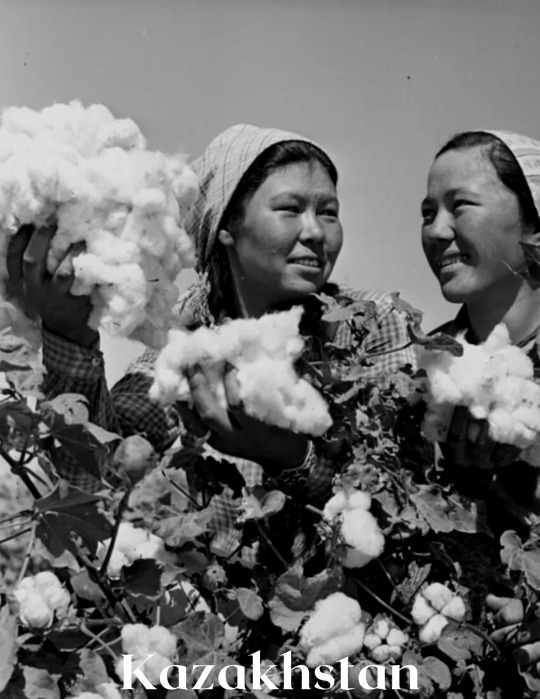

beauty around the world: pt 8
#beauty around the world#history#women in history#beauty#tanzania#suriname#paraguay#polynesia tahiti#cayman islands#china#mozambique#kazakhstan#kenya#cultures#beauty in cultures#around the world#malaysia
602 notes
·
View notes
Text
Lomwé and Macua communities in Mozambique’s Zambezia province traditionally harvest wild mushrooms to eat alongside staples like cassava. Conservationists are working with hundreds of indigenous women there to commercialize the sale of mushrooms like the vivid orange Eyukuli (Cantharellus platyphyllus) as part of a wider strategy to protect forests surrounding Gilé National Park.
The mushrooms are harvested in a 55,600-hectare (137,400-acre) buffer zone surrounding the national park during the height of the Southern African country’s wet season, from November to April. After harvesting, the fungi are cleaned, dried, and transported by road to Maputo, the capital, more than 2,000 kilometers (1,200 miles) away. There, they’re packaged and sold under the trade name Supa Mama.
This is the first time that native Mozambican mushrooms have been commercialized in the country.
Gilé covers an area of 286,100 hectares (707,000 acres), much of this covered in miombo woodlands that include tree species, like those from the Brachystegia genus, whose roots host mycorrhizal fungi. These underground networks help the trees absorb nutrients and moisture, and announce their presence in the form of diverse fruiting bodies above the ground: mushrooms.
Providing an economic incentive to protect the trees could be key to leaving them standing while promoting the wild mushroom harvest, says Alessandro Fusari...
Communities living around Gilé harvest at least 46 species of mushroom for local consumption. These include eyukuli, the trumpet-shaped khaduve (Lactifluus edulis), and the broad-capped namapele (Lactarius densifolius). So far, a total of five species are being harvested and packed for commercial sale under the project.

Pictured: Cantharellus platyphyllus (called Eyukuli in Lomwé) is one of 46 wild mushroom species Indigenous women harvest.
“Slowly, the community, especially the women, are learning that keeping the trees standing means having a bigger production of mushrooms,” Fusari tells Mongabay. “Since they’re starting to see commercial results, more and more avoid cutting trees.”
The project, which is supported by the French Development Agency, is in its third year, meaning the team doesn’t yet have the hard data to determine its success. But, Fusari says, the reduction in tree cutting “is a clear trend that is happening.”
Mushroom harvesting around Gilé is typically done by women while out doing other tasks, such as gathering firewood. The mushroom project works with 900 or so members of 30 women’s groups drawn from communities living in the national park’s buffer zone.
Gilé National Park is home to animals that include buffalo, wildebeest, sable, waterbuck, and around 50 elephants. Many of these animals were reintroduced from other areas to rebuild the wildlife wiped out during Mozambique’s 1977-1992 civil war.
...Giving commercial value to something normally only collected for subsistence is part of a wider program to promote sustainable agriculture...
The teams collecting mushrooms have already been trained in sustainable harvesting methods. For instance, they cut rather than pull the mushrooms from the ground, to avoid damaging the mycelium, or root-like structure, beneath the surface; they brush the dirt off the mushrooms wherever they pick them, to leave as many spores there as possible; and the women carry their harvest home in open baskets, to allow spore dispersal along the way.
-via Good News Network, October 14, 2023. Based on reporting by Mongabay News, September 1, 2023.
#mozambique#mozambican#conservation#sustainability#national park#forest#forest conservation#mushrooms#fungi#wild fungi#mycorrhizal fungi#mycorrhizal network#sustainable agriculture#agriculture#good news#hope#mycelium#mushroom hunting#mycology#deforestation#also very cool info about sustainable mushroom harvesting tbh
220 notes
·
View notes
Video
“ Mother and calf “ // © bibe underwater
Original Audio
#Tofo#Mozambique#wildlife#marine life#humpbackwhales#calf#oceanscape#seascape#4K#fpv#drone#reel#reels#explore#follow#discover
1K notes
·
View notes
Text
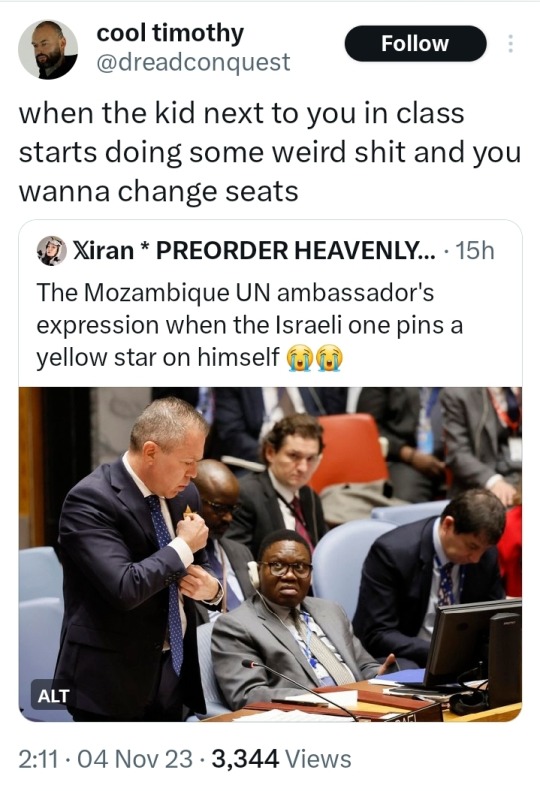

My guy is not paid enough to deal with this level of Caucasity. Pray for him.
#i had this saved for days but forgot to post it#precious little to laugh at in this situation but this was a historic image#free palestine#the caucasity#white people#israel is a terrorist state#current events#mozambique#united nations#laugh tag#knee of huss
129 notes
·
View notes
Text
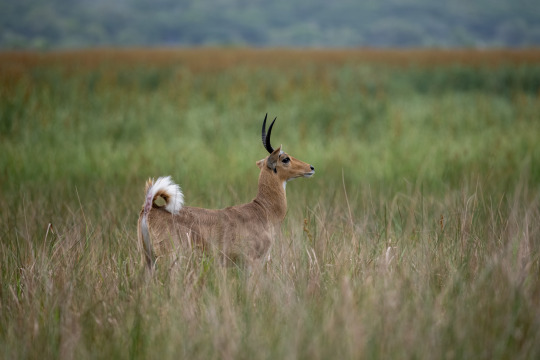
Southern common reedbuck Redunca arundinum arundinum
Observed by cmmteixeira, CC BY-NC
145 notes
·
View notes
Text

Mozambican woman, Mozambique, by Steve Evans
#mozambican#mozambique#africa#folk clothing#traditional clothing#traditional fashion#cultural clothing#eastern africa
228 notes
·
View notes
Text
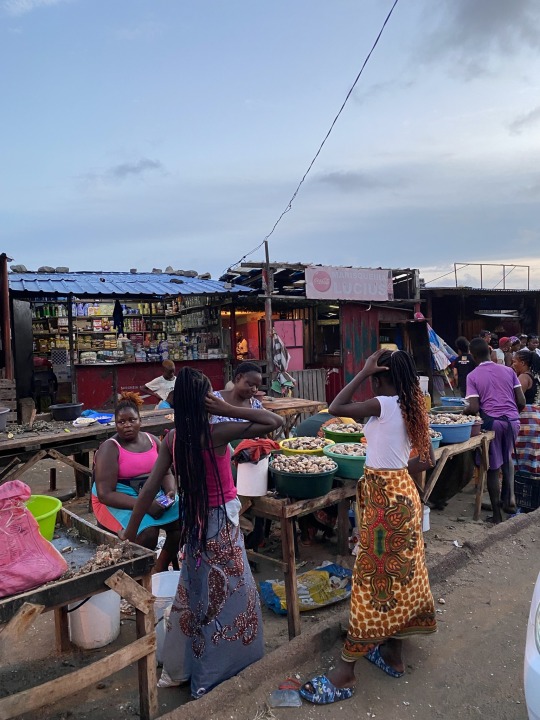
69 notes
·
View notes
Text

As a Mozambican I had to share!
#free palestine#freedom for palestine#Palestine#free gaza#gaza strikes#gaza under attack#gaza#gaza strip#from the river to the sea palestine will be free#israel#is not real#israeli propaganda#justice for palestine#Mozambique#mozambican#Mozambique for Palestine#free free palestine
125 notes
·
View notes
Photo
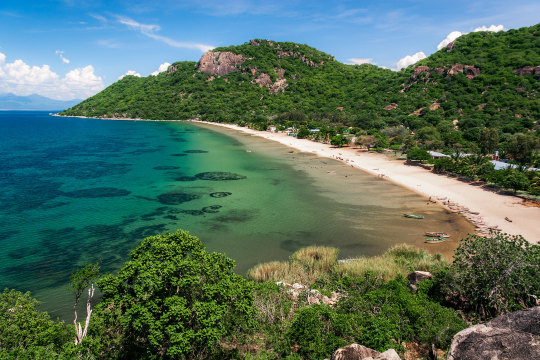
Monkey Bay, Lake Malawi, in the East African Rift system, located between Malawi, Mozambique and Tanzania
229 notes
·
View notes
Text

Mário Macilau. A Candle Man | Series: Faith. Mozambique
77 notes
·
View notes
Text

“The country now joins the growing list of African countries that have decriminalised or legalised same-sex relationships, including Angola, Botswana, Seychelles and Mozambique.”
Mauritius has reversed a colonial-era law criminalising same-sex relations
111 notes
·
View notes
Text

#polls#feijoada#it looks so frickin yummy i love BEANS - mod s#origin#Portugal#Brazil#Angola#Cape Verde#Guinea Bissau#Mozambique#Sao Tome and Principe#Goa#Macau#East Timor#^ listed possible origins on the gugle
76 notes
·
View notes
Text
Please reblog for a bigger sample size!
If you have any fun fact about Mozambique, please tell us and I'll reblog it!
Be respectful in your comments. You can criticize a government without offending its people.
43 notes
·
View notes
Text

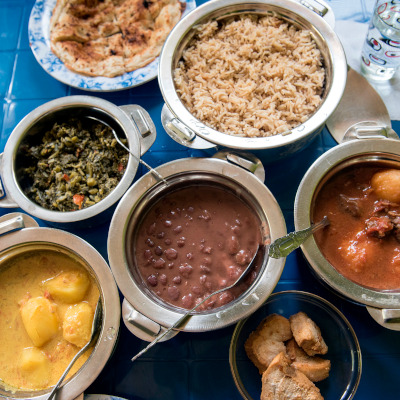
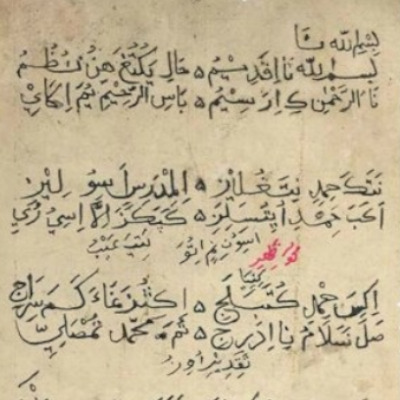

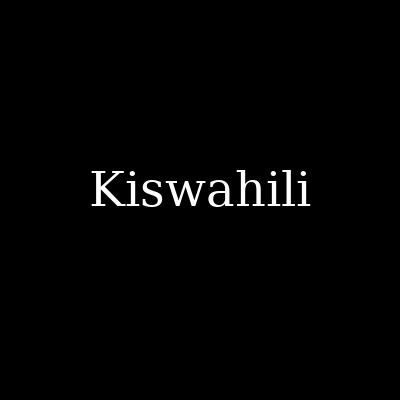
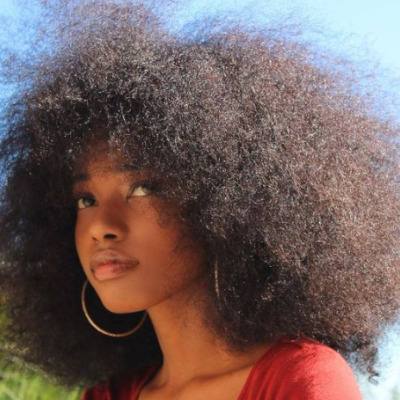
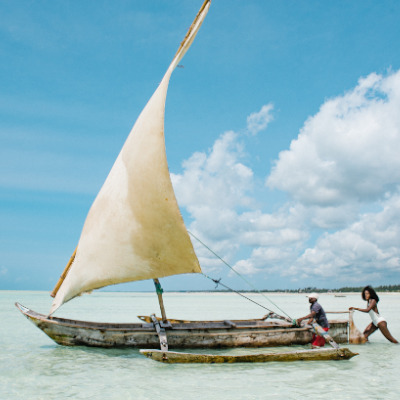
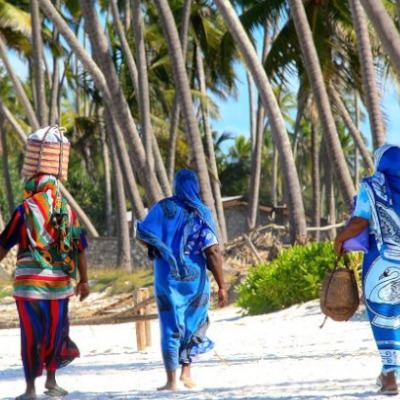

Aesthetic of the languages on earth : Swahili
Swahili is a Bantu language spoken by 80 million people over the African East Coast. It is an official language in Tanzania, Kenya, Rwanda and Uganda. It is a recognized minority language in Burundi, the Democratic Republic of the Congo, and Mozambique.
#swahili#aesthetic#languages#moodboard#language#geography#bantu#tanzania#africa#kenya#rwanda#uganda#burundi#drc#mozambique#atlanticcongo
59 notes
·
View notes